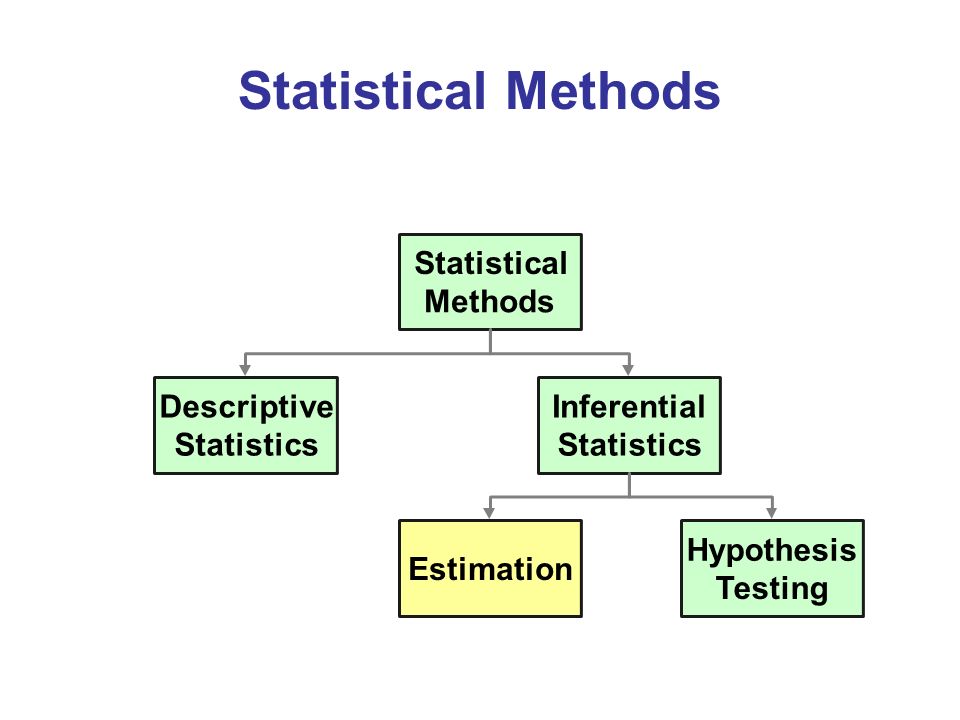When releasing outputs from confidential data, agencies need to balance the analytical usefulness of the released data with the obligation to protect data subjects' confidentiality. For releases satisfying differential privacy, this balance is reflected by the privacy budget, $\varepsilon$. We provide a framework for setting $\varepsilon$ based on its relationship with Bayesian posterior probabilities of disclosure. The agency responsible for the data release decides how much posterior risk it is willing to accept at various levels of prior risk, which implies a unique $\varepsilon$. Agencies can evaluate different risk profiles to determine one that leads to an acceptable trade-off in risk and utility.
翻译:暂无翻译
相关内容
专知会员服务
34+阅读 · 2019年10月18日
专知会员服务
36+阅读 · 2019年10月17日
Arxiv
0+阅读 · 2024年7月2日
Arxiv
0+阅读 · 2024年6月29日
Arxiv
16+阅读 · 2022年11月3日



